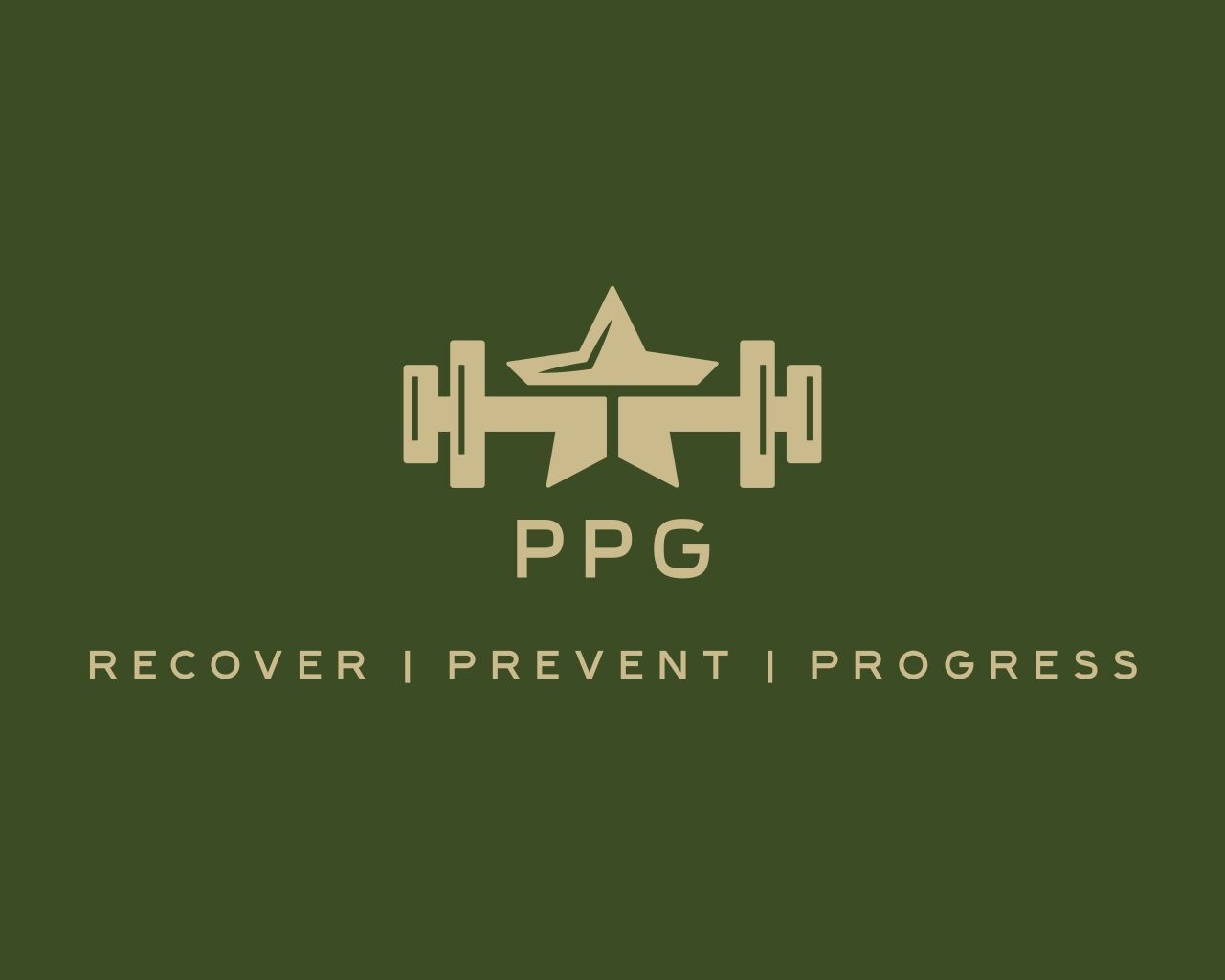How Balance Training Enhances Body, Mind, and Life
How Balance Training Enhances Body, Mind, and Life
Balance training often conjures images of tightrope walkers or elaborate gymnastic routines. While it's certainly crucial for such feats, the reality is that balance training offers a wealth of health benefits applicable to everyone, from toddlers taking their first steps to seniors aiming for greater independence. Far more than just preventing tumbles, incorporating balance exercises into your routine can profoundly impact your physical well-being, cognitive function, and overall quality of life.
What is Balance Training?
At its core, balance training involves exercises that challenge your body's ability to maintain a stable position. This seemingly simple act is a complex interplay between your visual system, your inner ear (vestibular system), and your proprioceptive system (the sense of where your body is in space). When you engage in balance training, you're essentially honing these systems to work more efficiently together, allowing you to react quickly to shifts in your center of gravity and maintain stability.
The Hidden Health Benefits of Better Balance:
1. Drastically Reduces the Risk of Falls: This is perhaps the most well-known benefit, and for good reason. Falls are a leading cause of injury and even death, particularly among older adults. Regular balance training strengthens the muscles responsible for stability, improves reaction time, and enhances spatial awareness, significantly reducing the likelihood of a fall and the severe consequences that can follow.
2. Enhances Athletic Performance: From a casual jogger to a professional athlete, good balance is a cornerstone of effective movement. Improved balance translates to better agility, quicker changes in direction, more powerful movements, and greater control during dynamic activities. Whether you're on the sports field, the dance floor, or just navigating uneven terrain, enhanced balance allows for more efficient and safer movement.
3. Sharpens Proprioception and Body Awareness: Proprioception is your body's ability to sense its own position and movement in space. Balance training actively engages and refines this sense. The better your proprioception, the more intuitively you understand how your body moves and where it is in relation to its surroundings, leading to more coordinated movements and a reduced risk of injury.
4. Fortifies Joints and Reduces Injury Risk: When your balance is compromised, other parts of your body often compensate, leading to undue stress on joints like knees, ankles, and hips. By strengthening the stabilizing muscles around these joints and improving your ability to maintain equilibrium, balance training helps to distribute forces more evenly, reducing the risk of sprains, strains, and other musculoskeletal injuries. This is particularly beneficial for athletes prone to ankle sprains or individuals recovering from joint surgeries.
5. Improves Posture and Alleviates Pain: Good posture is more than just aesthetics; it's fundamental to spinal health and overall comfort. Balance training helps to strengthen the core muscles and the intrinsic muscles of the spine, which are crucial for maintaining proper alignment. As your balance improves, you naturally adopt a more upright and stable posture, which can alleviate chronic back pain, neck pain, and other discomforts associated with poor alignment.
6. Boosts Cognitive Function and Brain Health: Maintaining balance is not just a physical act; it requires constant processing of sensory information by the brain. Studies suggest that balance training can stimulate cognitive function, improving areas such as spatial reasoning, reaction time, and even memory. The complex interplay between the brain and the body during balance exercises can contribute to better brain health and neuroplasticity.
7. Increases Confidence and Independence: For individuals who fear falling, the anxiety itself can limit their activities and diminish their quality of life. By improving balance and reducing this risk, balance training empowers individuals to move with greater confidence, participate more actively in daily life, and maintain their independence for longer.
Incorporating Balance Training into Your Routine:
The good news is that you don't need specialized equipment or a gym membership to start reaping the benefits of balance training. Simple exercises like standing on one leg while brushing your teeth, walking heel-to-toe, or incorporating yoga and Tai Chi can make a significant difference. As you progress, you can introduce more challenging activities like using a balance board, wobble cushion, or incorporating dynamic movements.
In a world that often encourages sedentary lifestyles, prioritizing balance training is a proactive step towards a healthier, more resilient, and more confident you. It's an investment in your long-term well-being that pays dividends in every step you take.
Recover | Prevent | Progress
Prevent Pro Gear LLC.





